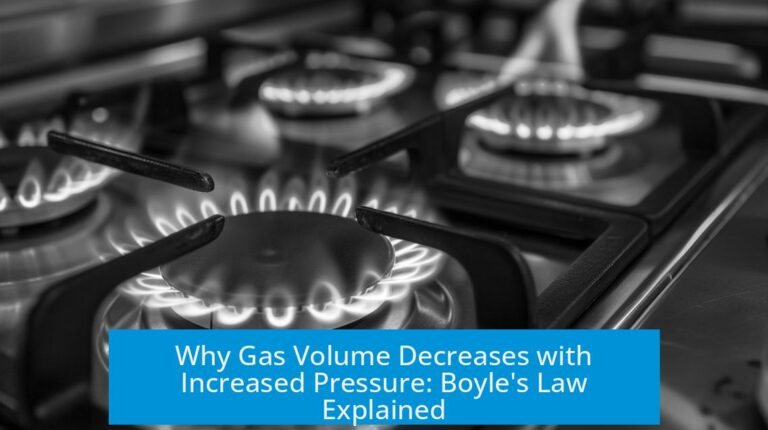Is the Brilliant White Flame of Burning Magnesium Due to Blackbody Radiation or Its Emission Spectrum?
The brilliant white flame observed when magnesium burns is not solely caused by blackbody radiation. Rather, it results primarily from chemiexcitation-related emissions of magnesium atoms and magnesium oxide (MgO) molecules.
Temperature and Blackbody Radiation
Burning magnesium reaches temperatures roughly between 1820 and 1930 K. Such temperatures can produce a continuum emission similar to blackbody radiation. This thermal emission spans across the visible spectrum. However, the temperature alone is insufficient to generate the intense white light seen in a burning magnesium flame.
Spectral Emission from Magnesium and Magnesium Oxide
- Studies show two main emission components in magnesium flames:
- A broad continuum across the visible range likely linked to flame temperature.
- Discrete, quantized emission lines in the blue and green regions from Mg atoms and MgO molecules.
The discrete emissions arise through chemiexcitation, a form of chemiluminescence occurring in the vapor-phase reaction zone. This process involves electronically excited intermediates emitting characteristic light, independent of temperature-based blackbody radiation.
Contribution to Flame Color
The strong blue-green chemiluminescent emissions overlap and combine with the thermal continuum, producing the flame’s brilliant white color. This complementary effect enhances brightness beyond what blackbody radiation alone would yield.
In contrast, a blackbody radiator at similar temperatures does not emit pure white light but rather shades trending from red to yellow. The Mg and MgO emissions fill in these gaps, making the flame appear distinctly white and intense.
Key Points
- Magnesium flames reach ~1820–1930 K, enabling some blackbody-like continuum emission.
- Discrete blue-green emissions from Mg and MgO molecules arise via chemiexcitation.
- These emissions substantially influence the flame’s brilliant white appearance.
- Pure blackbody radiation at these temperatures cannot explain the white flame alone.
Why does burning magnesium produce a brilliant white flame instead of just glowing like a hot object?
Burning magnesium emits a continuum spectrum from its high temperature and distinct blue-green emissions due to chemiluminescence from Mg and MgO molecules. This combination creates the brilliant white flame, not just blackbody radiation alone.
Is the white light from magnesium flame caused by blackbody radiation?
Only partially. The flame’s temperature causes some continuum emission similar to blackbody radiation, but the strong blue-green chemiluminescent emissions dominate and produce the white color.
What role do Mg and MgO molecules play in the flame color?
Mg and MgO molecules emit strong, quantized light mainly in blue and green ranges. These emissions result from chemiexcitation and are key to the brilliant white appearance of burning magnesium.
Can the temperature of burning magnesium alone explain the flame color?
No. The flame temperature (~1820–1930K) is high but does not produce pure white light by itself. The color comes primarily from additional chemical emissions beyond typical blackbody radiation.
How does chemiexcitation affect the appearance of the magnesium flame?
Chemiexcitation produces discrete emissions from excited molecules and atoms. This process generates intense blue-green light, which, combined with the thermal continuum, appears as brilliant white to the eye.





Leave a Comment